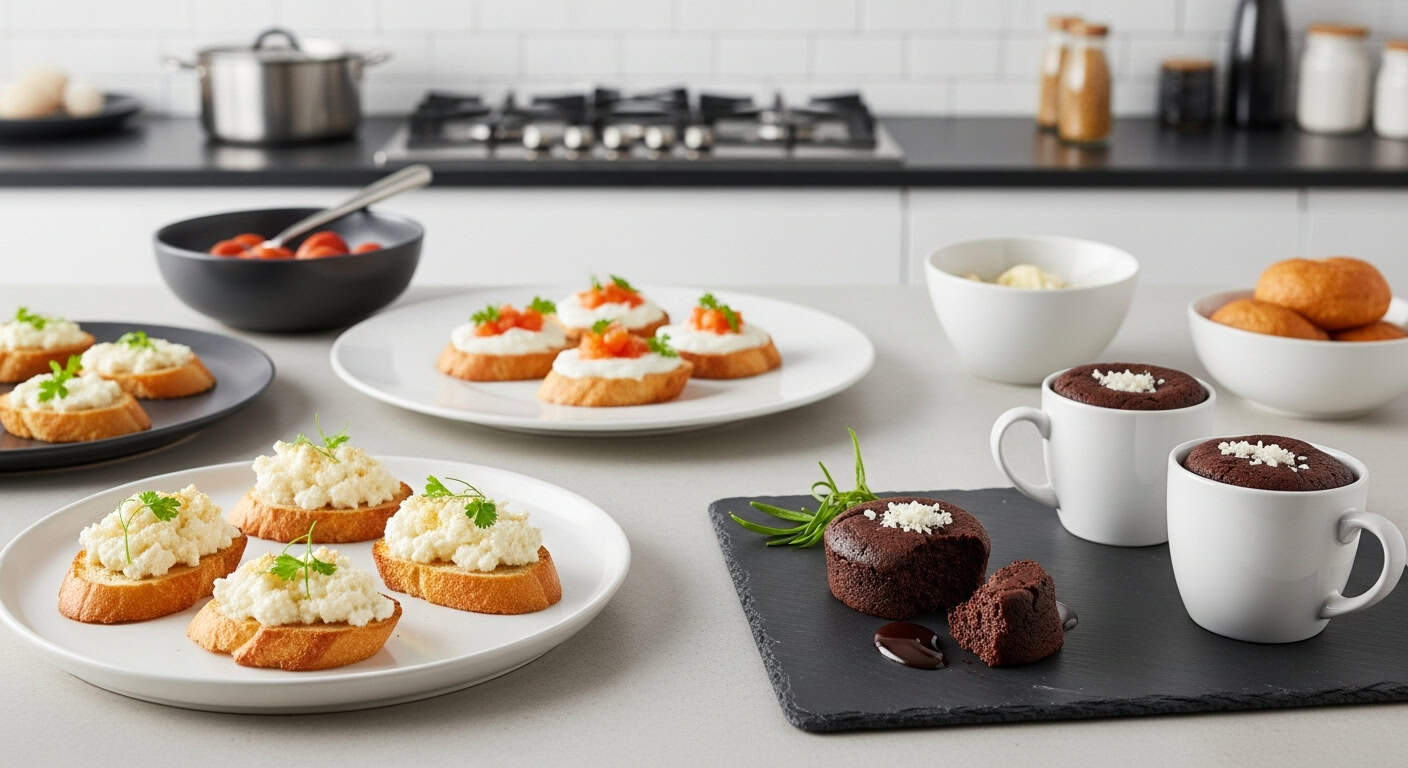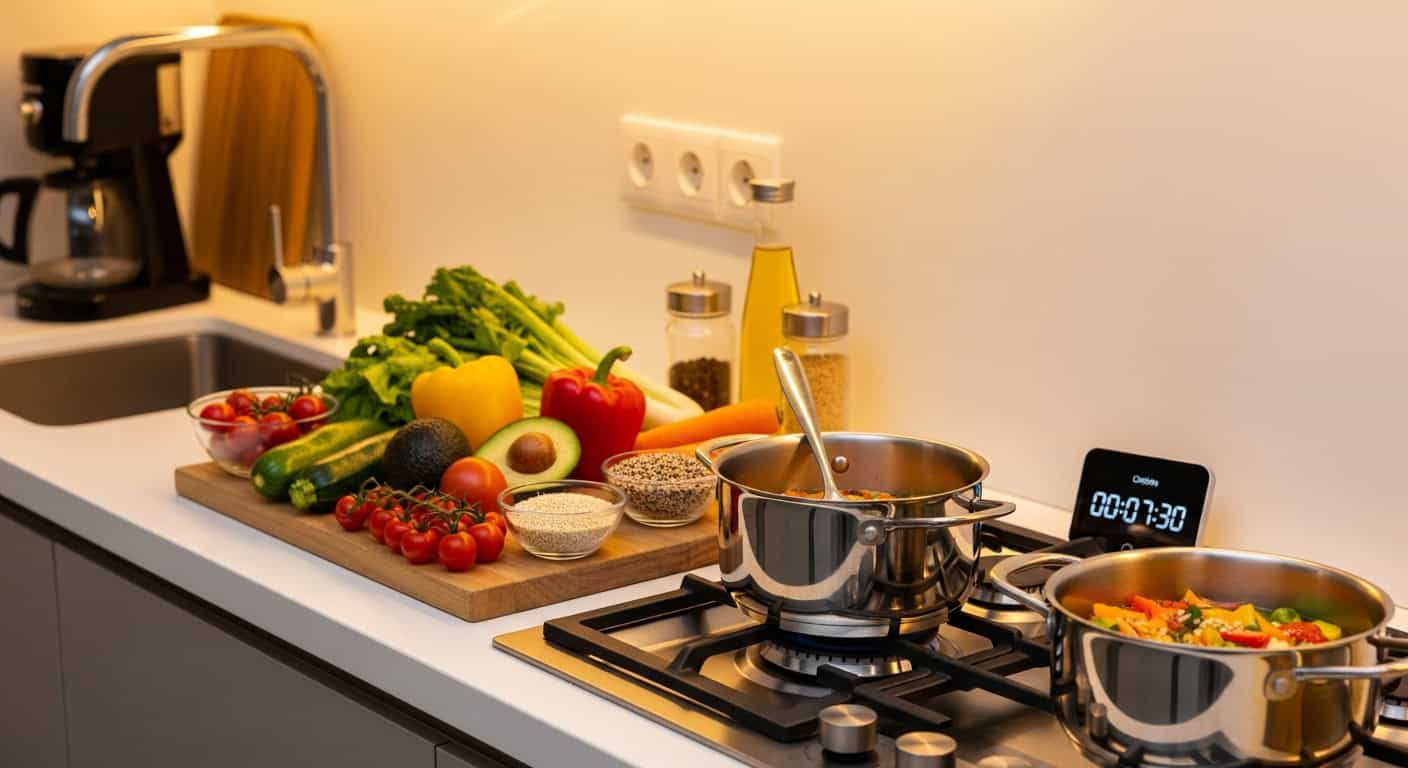How to Cook Healthy Meals When You’re Short on Time
Finding time to prepare nutritious meals can be a real challenge in today’s fast-paced world. Between work, family, and daily responsibilities, it’s easy to let healthy eating slide in favor of convenience foods. Fortunately, with the right strategies, you can cook wholesome dishes quickly—even on your busiest days. This guide will share practical tips, proven techniques, and time-saving resources to help you eat well without spending hours in the kitchen.
Your Meals Ahead

Meal planning is a powerful tool for saving time and making healthier food choices. By deciding your meals in advance, you avoid last-minute takeout and ensure balanced nutrition throughout the week. Start by selecting simple, nutritious recipes and create a detailed grocery list to minimize shopping trips. Batch prepping—such as chopping vegetables or marinating proteins ahead of time—can make weeknight cooking much quicker. For meal planning inspiration and tools, check out EatRight’s meal planning tips.
Healthy Pantry
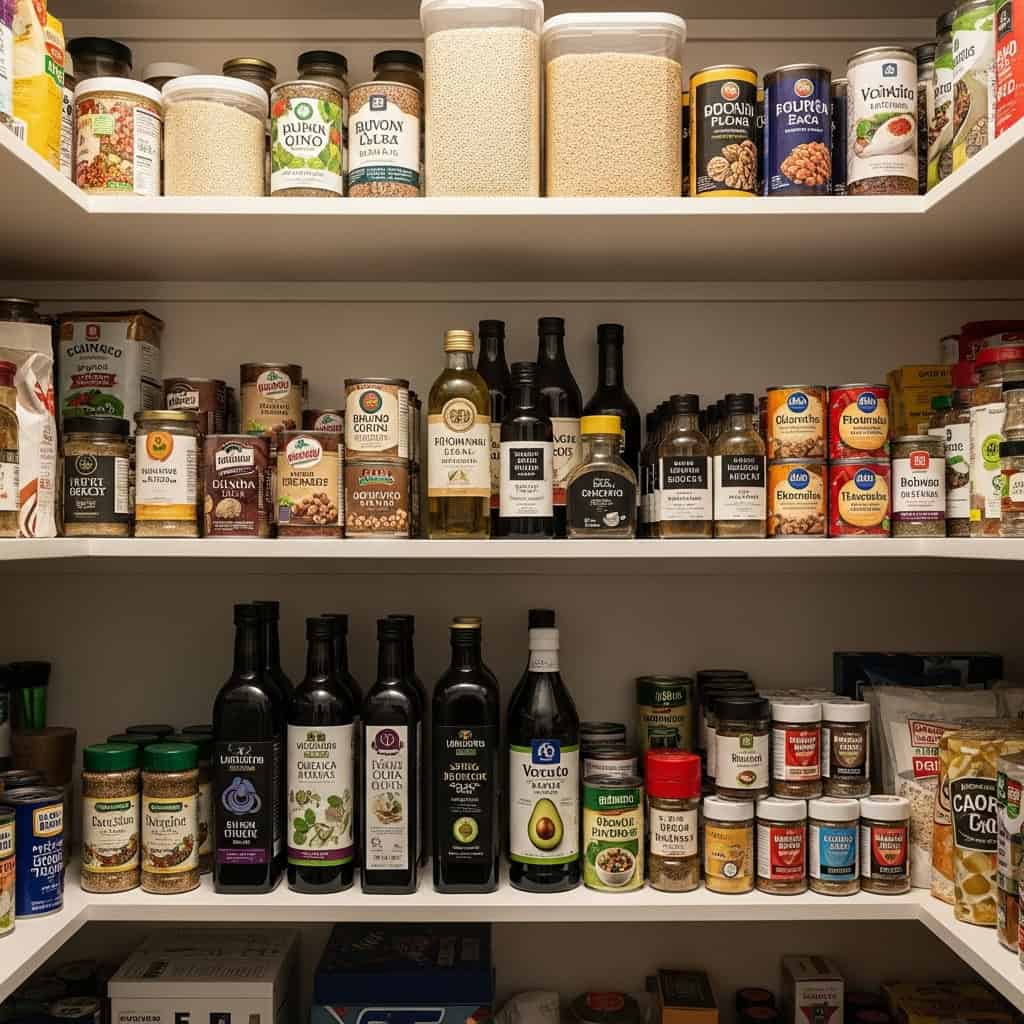
Keeping your pantry stocked with healthy essentials makes it easier to whip up nutritious meals in minutes. Focus on items like whole grains (quinoa, brown rice), canned beans, lentils, healthy oils (olive, avocado), and a variety of spices to add flavor without extra calories.
These staples form the backbone of countless quick, balanced dishes. By organizing your pantry and keeping these ingredients on hand, you’ll always have the building blocks for a healthy meal. For more pantry stocking advice, visit EatingWell’s Pantry Staples List.
Choose Quick-Cooking Ingredients
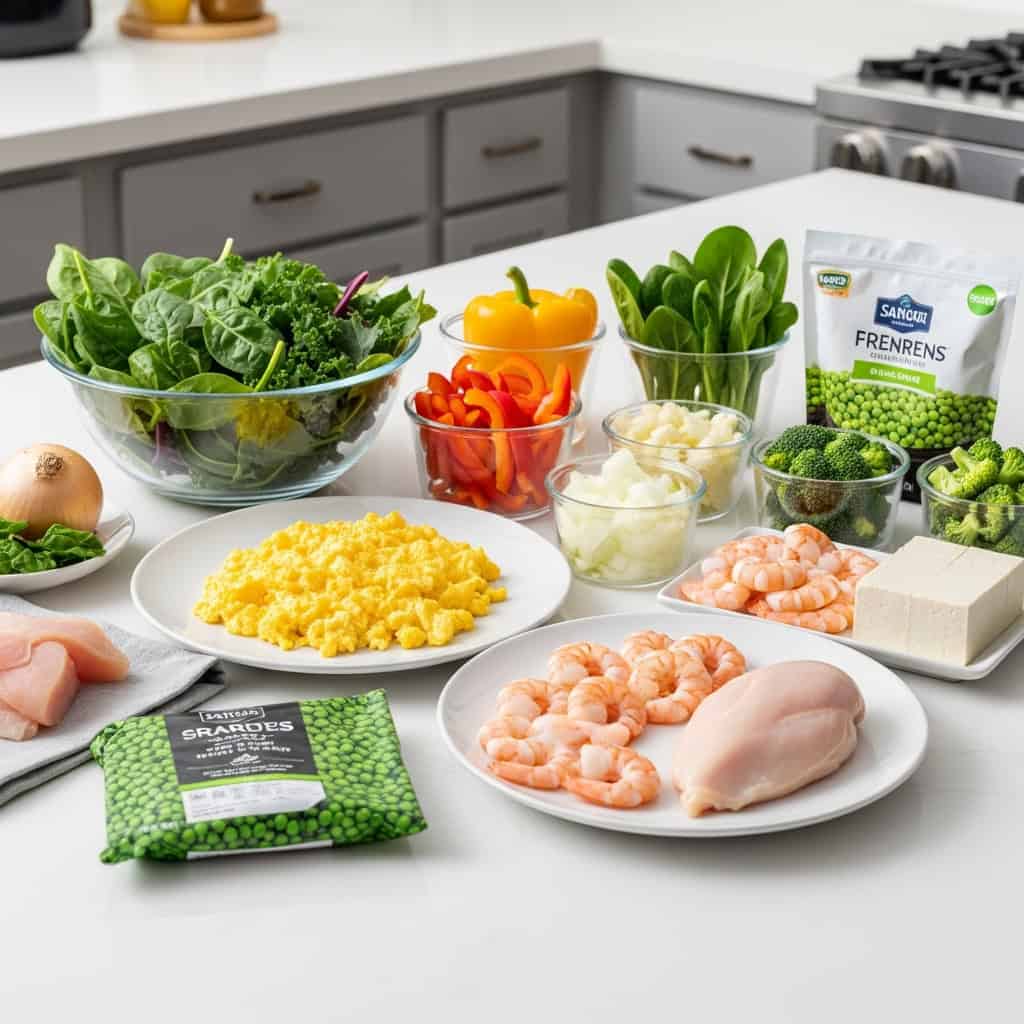
Selecting ingredients that cook rapidly can significantly cut down your mealtime prep. Leafy greens like spinach, arugula, and kale wilt in just minutes, while eggs can be scrambled or poached in under five.
Lean proteins such as chicken breast, shrimp, or tofu cook quickly and pair well with many dishes. Opt for pre-cut vegetables or frozen produce to save even more time. Prioritizing these versatile, nutritious foods helps you assemble healthy meals without the wait. For a list of quick-cooking, healthy foods, explore Bon Appétit’s recommendations.
Use Time-Saving Appliances

Modern kitchen appliances can be game-changers for fast, healthy cooking. Pressure cookers and multi-cookers like the Instant Pot dramatically reduce cooking time for grains, beans, and stews. Air fryers crisp vegetables and proteins with little to no added oil, making them a healthier alternative to frying. Slow cookers allow you to set meals in the morning and return to a ready-to-eat dinner. Utilizing these gadgets streamlines meal prep and cleanup, making healthy eating more convenient. For appliance ideas and recipes, visit Food Network’s kitchen appliance guide.
Master One-Pan and Sheet Pan Meals

One-pan and sheet pan meals are perfect solutions for busy cooks seeking less cleanup and efficient meal prep. By roasting proteins, vegetables, and even whole grains together, you create balanced, flavorful dishes with minimal effort.
This approach ensures you get a mix of lean protein, fiber-rich veggies, and healthy carbs in every serving. Season everything well, arrange it on a single baking sheet or skillet, and let your oven do the work. For creative and healthy sheet pan recipe ideas, check out Delish’s healthy sheet pan dinners.
Prep Ingredients in Advance
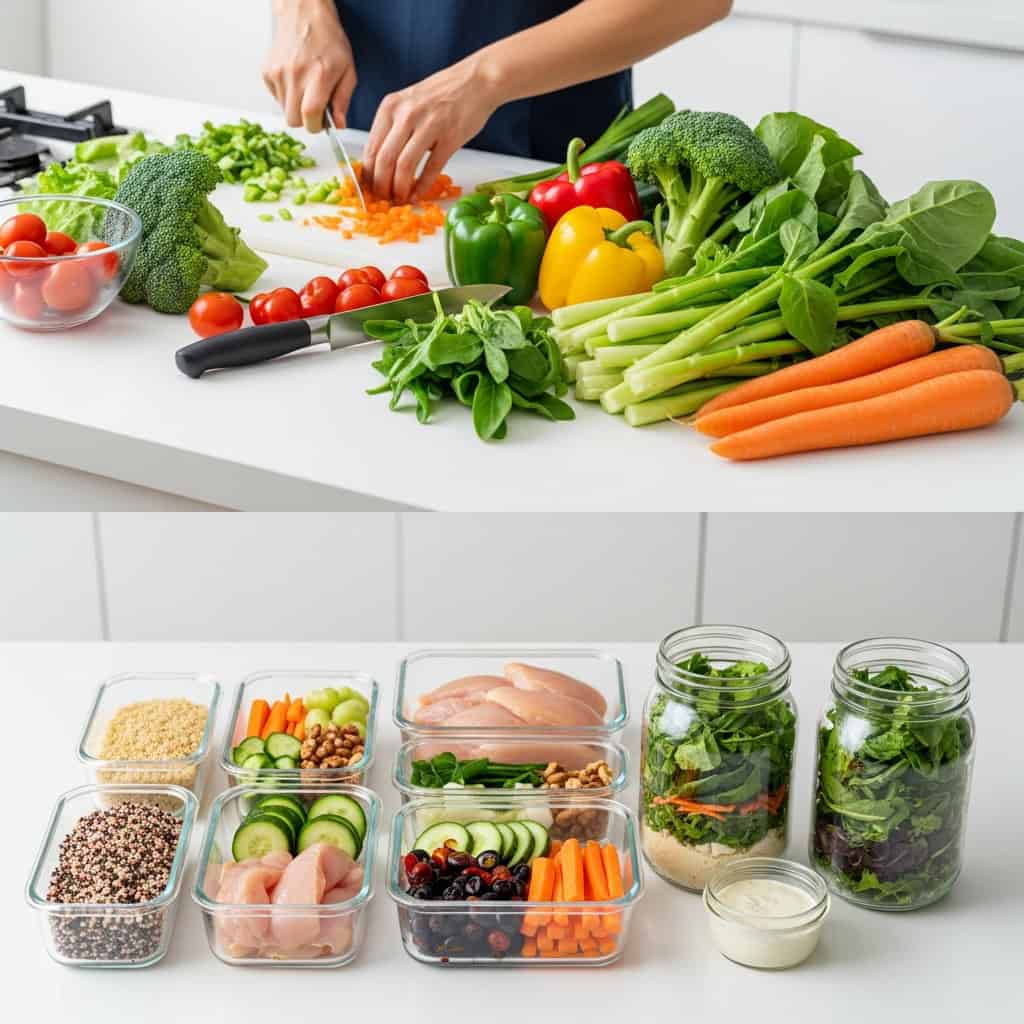
Prepping ingredients ahead of time can make a world of difference on hectic evenings. Spend a little time after shopping to wash and chop vegetables, marinate proteins, and portion out snacks. Store these prepped items in clear containers for easy access throughout the week.
This not only speeds up the cooking process but also encourages healthier choices when hunger strikes. Simple steps like pre-cooking grains or assembling salad jars can save precious minutes. For more meal prep tips and ideas, visit Healthline’s meal prep guide.
Embrace Simple, Nutritious Recipes
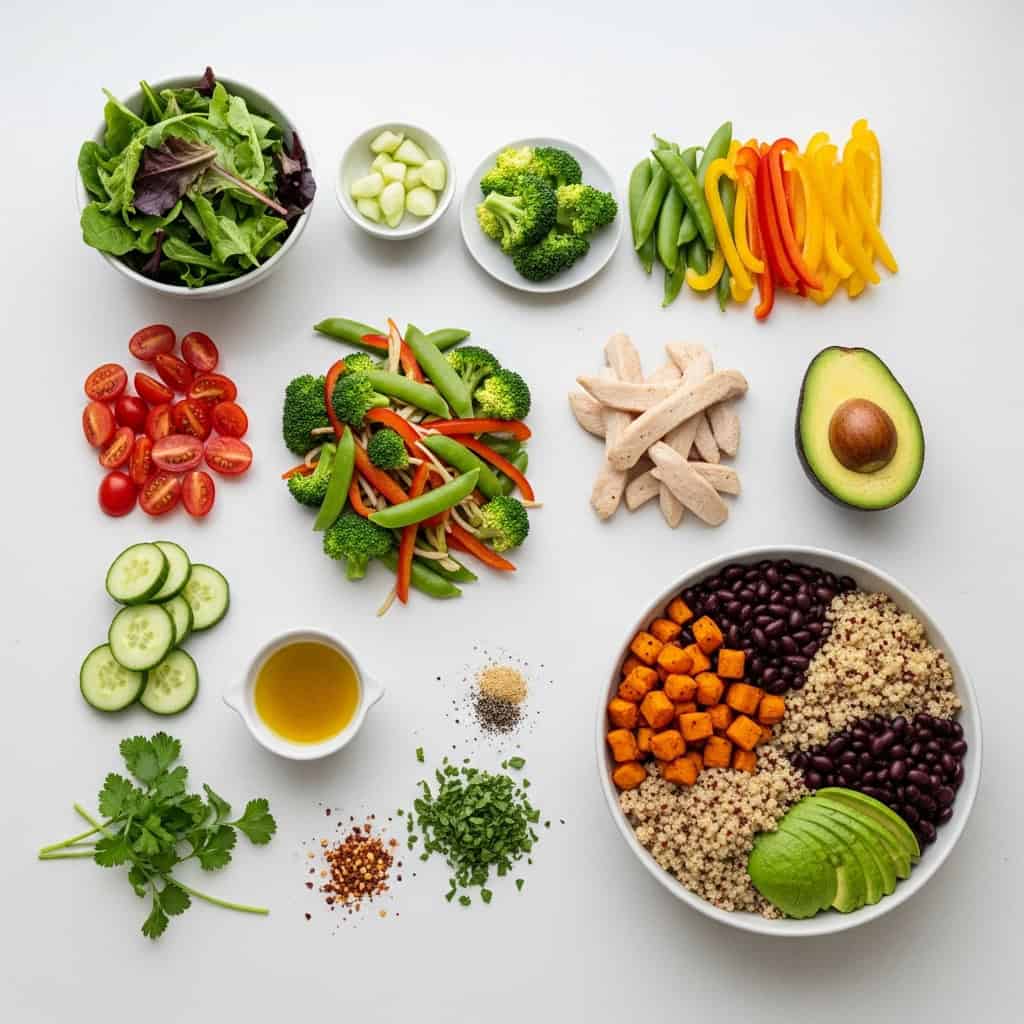
Choosing straightforward recipes with a handful of wholesome ingredients is key to eating well when time is tight. Focus on dishes like stir-fries, salads, and grain bowls, which are quick to assemble and endlessly customizable.
Use a mix of colorful vegetables, a lean protein, and a whole grain for balanced nutrition. Simple vinaigrettes, herbs, and spices can add big flavor without extra work. These easy meals minimize prep and cleanup while delivering essential nutrients. For inspiration, explore BBC Good Food’s healthy quick recipes.
Batch Cook and Use Leftovers
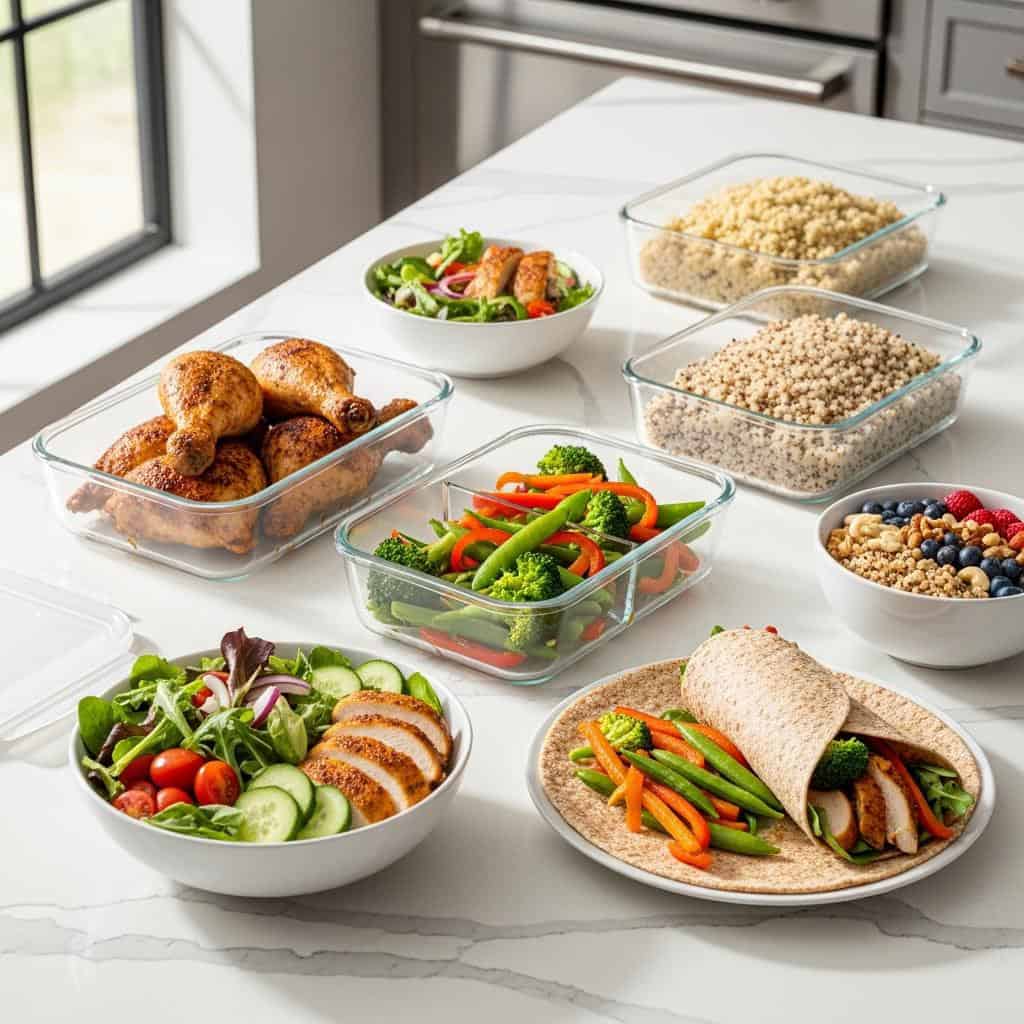
Batch cooking allows you to prepare larger quantities of healthy food at once, saving time on busy days. Store leftovers in airtight containers for quick lunches or dinners throughout the week.
Repurpose extras creatively—roast chicken can become a salad topping, stir-fried vegetables can fill a wrap, and grains can be turned into a breakfast bowl. Not only does this approach minimize daily cooking, but it also reduces food waste and keeps meals interesting. For batch cooking strategies and recipes, visit Budget Bytes’ batch cooking guide.
Practice Smart Grocery Shopping
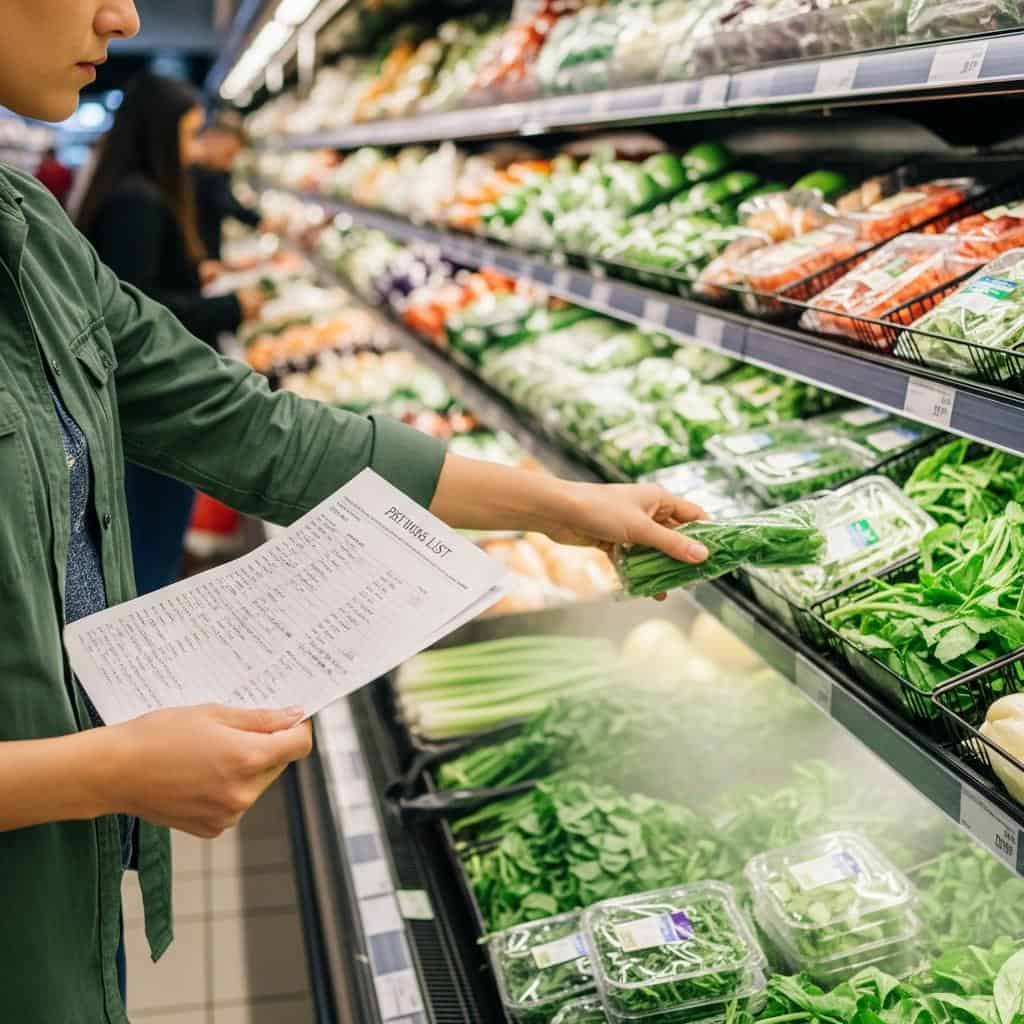
Efficient grocery shopping is essential for preparing healthy meals quickly. Always shop with a detailed list to avoid forgetting key ingredients and minimize unnecessary purchases. Opt for pre-cut or pre-washed produce to save valuable prep time at home.
Sticking to the perimeter of the store helps you focus on fresh, whole foods. Avoid impulse buys by planning your meals and snacks ahead. These habits streamline shopping trips and ensure you have everything needed for fast, nutritious meals. For more smart grocery shopping tips, visit EatRight’s food shopping guide.
Conclusion
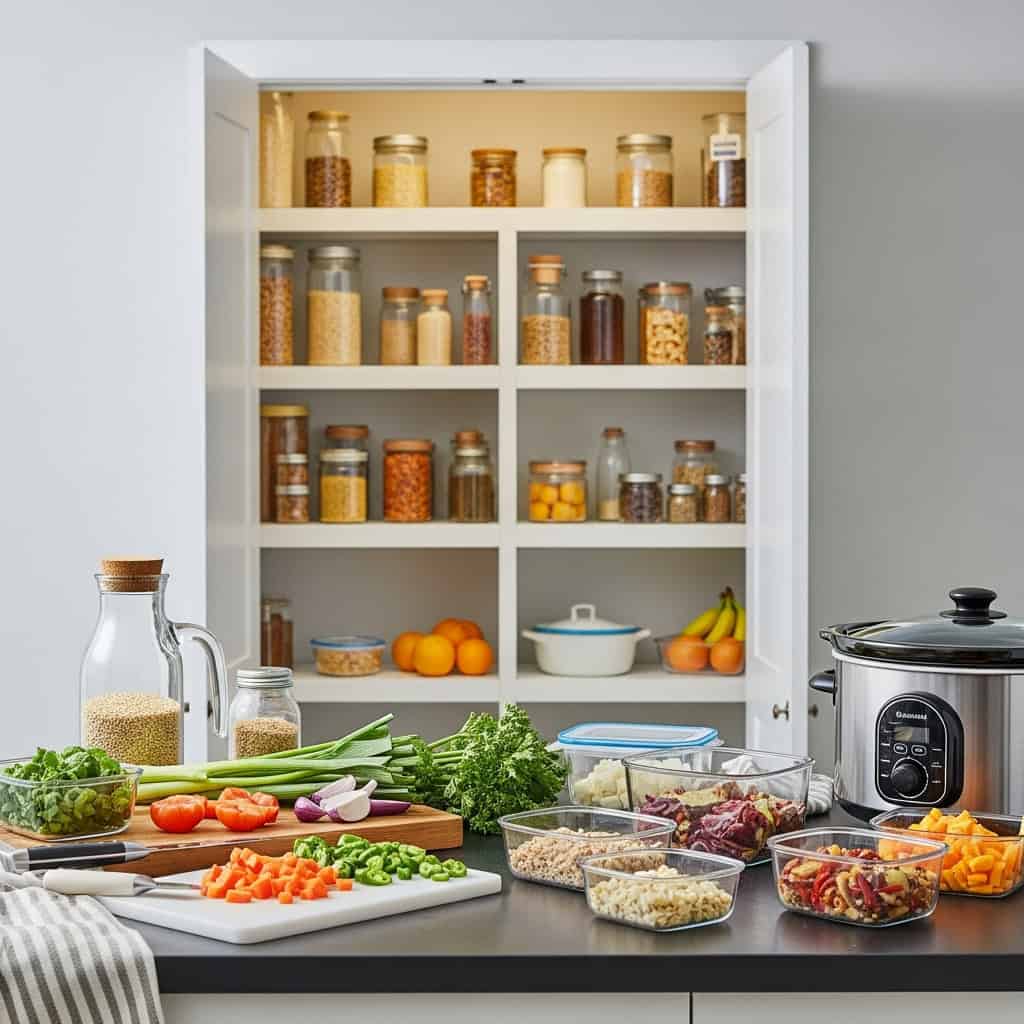
Adopting these time-saving strategies can make healthy eating achievable, no matter how hectic your schedule. By planning meals, stocking a smart pantry, using quick-cooking ingredients, and leveraging kitchen tools, you’ll streamline meal prep without sacrificing nutrition.
Embracing simple recipes, prepping ahead, and making the most of leftovers ensures that wholesome meals are always within reach. Start implementing these habits today for a healthier lifestyle, even on your busiest days. For further tips on building healthy eating routines, visit ChooseMyPlate’s Start Simple guide.

